Fuzzy System-Based Target Selection for a NIR Camera-Based Gaze Tracker
- PMID: 28420114
- PMCID: PMC5424739
- DOI: 10.3390/s17040862
Fuzzy System-Based Target Selection for a NIR Camera-Based Gaze Tracker
Abstract
Gaze-based interaction (GBI) techniques have been a popular subject of research in the last few decades. Among other applications, GBI can be used by persons with disabilities to perform everyday tasks, as a game interface, and can play a pivotal role in the human computer interface (HCI) field. While gaze tracking systems have shown high accuracy in GBI, detecting a user's gaze for target selection is a challenging problem that needs to be considered while using a gaze detection system. Past research has used the blinking of the eyes for this purpose as well as dwell time-based methods, but these techniques are either inconvenient for the user or requires a long time for target selection. Therefore, in this paper, we propose a method for fuzzy system-based target selection for near-infrared (NIR) camera-based gaze trackers. The results of experiments performed in addition to tests of the usability and on-screen keyboard use of the proposed method show that it is better than previous methods.
Keywords: GBI; NIR camera-based gaze tracker; fuzzy system; gazing at a target to select it.
Conflict of interest statement
The authors declare no conflict of interest.
Figures
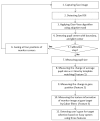

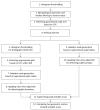







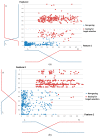

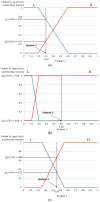












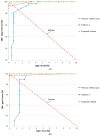





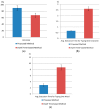

References
-
- Bolt R.A. Eyes at the Interface; Proceedings of the SIGCHI Conference on Human Factors in Computing Systems; Gaithersburg, MD, USA. 15–17 March 1982; pp. 360–362.
-
- Mauri C., Granollers T., Lorés J., García M. Computer Vision Interaction for People with Severe Movement Restrictions. Interdiscip. J. Hum. ICT Environ. 2006;2:38–54. doi: 10.17011/ht/urn.2006158. - DOI
-
- Biosignal. [(accessed on 15 July 2016)]; Available online: https://en.wikipedia.org/wiki/Biosignal.
-
- Lin C.-S., Ho C.-W., Chen W.-C., Chiu C.-C., Yeh M.-S. Powered Wheelchair Controlled by Eye-Tracking System. Opt. Appl. 2006;36:401–412.
LinkOut - more resources
Full Text Sources
Other Literature Sources
Research Materials
Miscellaneous

